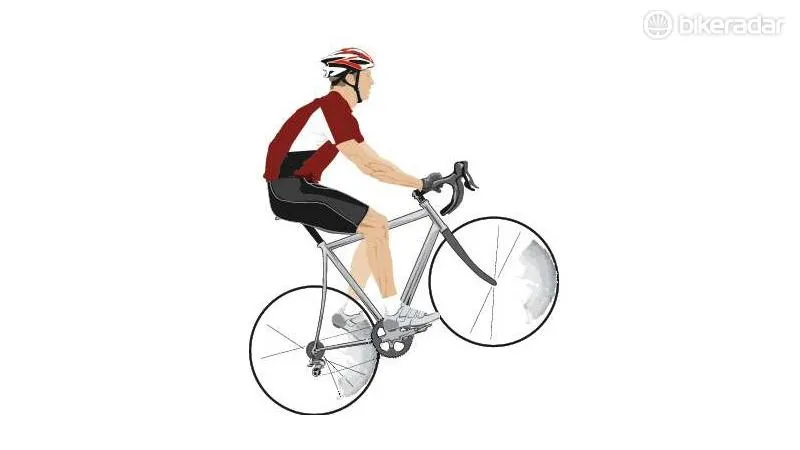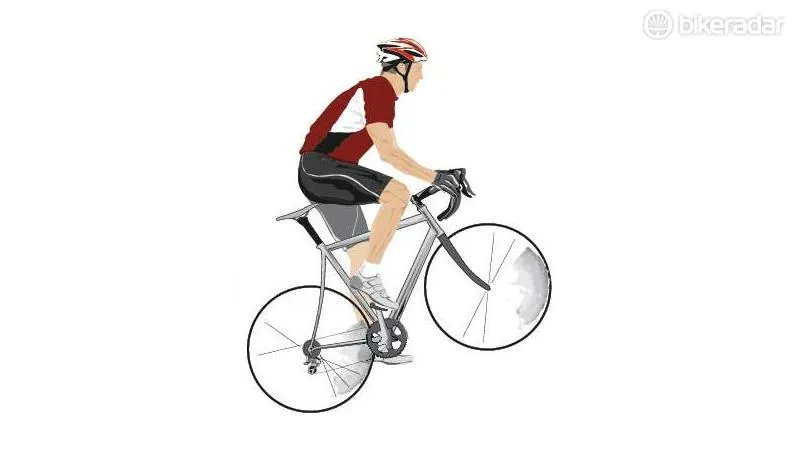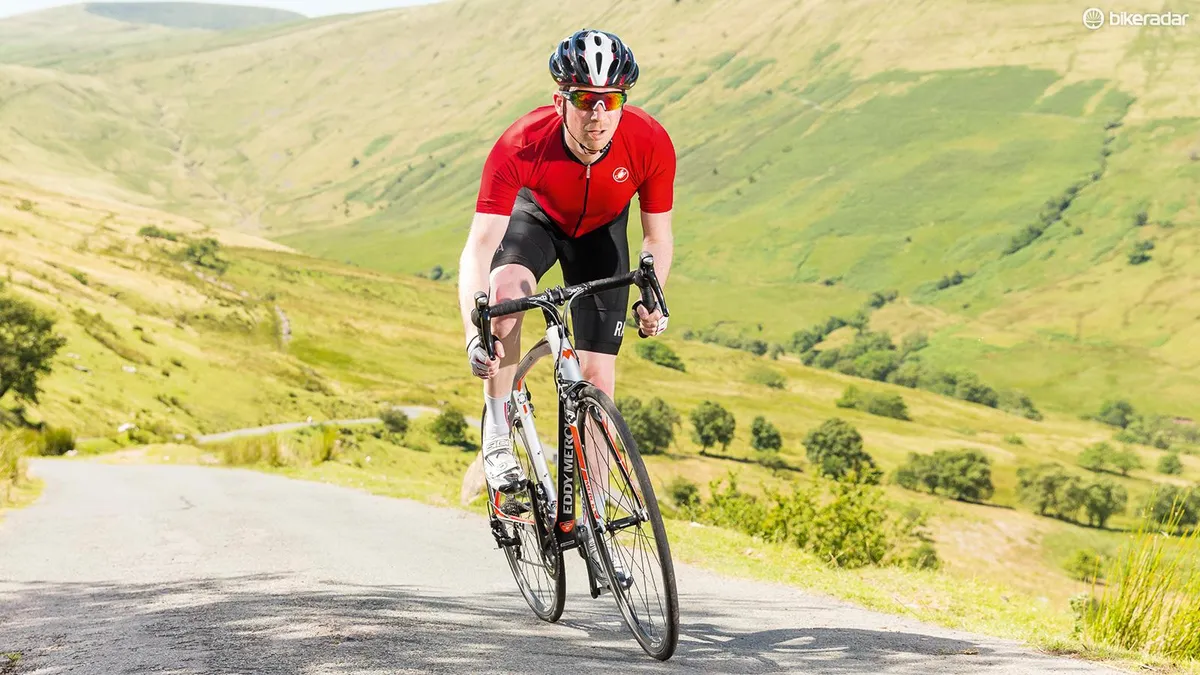When the road starts to head up, do you prefer to dance out of the saddle or remain glued to the seat? Scientists have tried to decide on the best method and it turns out that both styles have their benefits.
There are basically two aspects to consider when deciding on the optimum uphill position: aerodynamics and muscle activity.
The argument has always been that aerodynamics matter less on an incline because the rider is moving much slower, so increasing frontal area by standing on the pedals won’t slow you down nearly as much as it would on the flat.
This, of course, depends on the severity of the incline.

If you’re not going that quickly or if the hill is not that steep, you’re probably best off maintaining the more aerodynamic seated position — unless you just need to take the pressure off your behind.

But if the hill is a stinker and you want to attack up it at full speed, standing on the pedals every now and again will give you a much needed boost without jeopardising your overall efficiency.
Why incline and intensity matter when deciding whether to sit or stand
Professor Jim Martin, an aerodynamics expert from Utah State University, calculates that on a 5% incline a seated position is about 3.7% faster at 400W power output. But this difference shrinks to almost nothing as the steepness of the hill climbs to 15% or if the power output drops.
The hypothesis that standing posture is less economic than seated is only valid when intensity is lower than 75% of VO2 max
But, without some other benefit, there would still be no point standing. This benefit comes from muscle activity.
Researchers from the University of Franche-Comté showed that uphill cycling while standing up uses different muscles, meaning riders can generate greater power. But the researchers were less sure about the overall efficiency of the standing position.
They found that standing increased muscular activity in the lower limb beyond what was needed to simply propel the bicycle uphill.
“Therefore, it would seem reasonable to believe that this results in reduced metabolic efficiency,” lead researcher Dr Sebastien Duc notes, “but it’s not quite that simple.”
This is because the efficiency level is affected by the pedalling intensity. Experiments with cyclists working at a low intensity (50-60% of VO2 max) show a marked difference between the efficiency levels of seated and standing positions with standing causing an increase in oxygen consumption double that of sitting. But at higher intensities the efficiency difference simply disappears.
“The hypothesis that standing posture is less economic than seated is only valid when intensity is lower than 75% of VO2 max,” says Duc.
So there you have it — the two branches of investigation largely agree.
